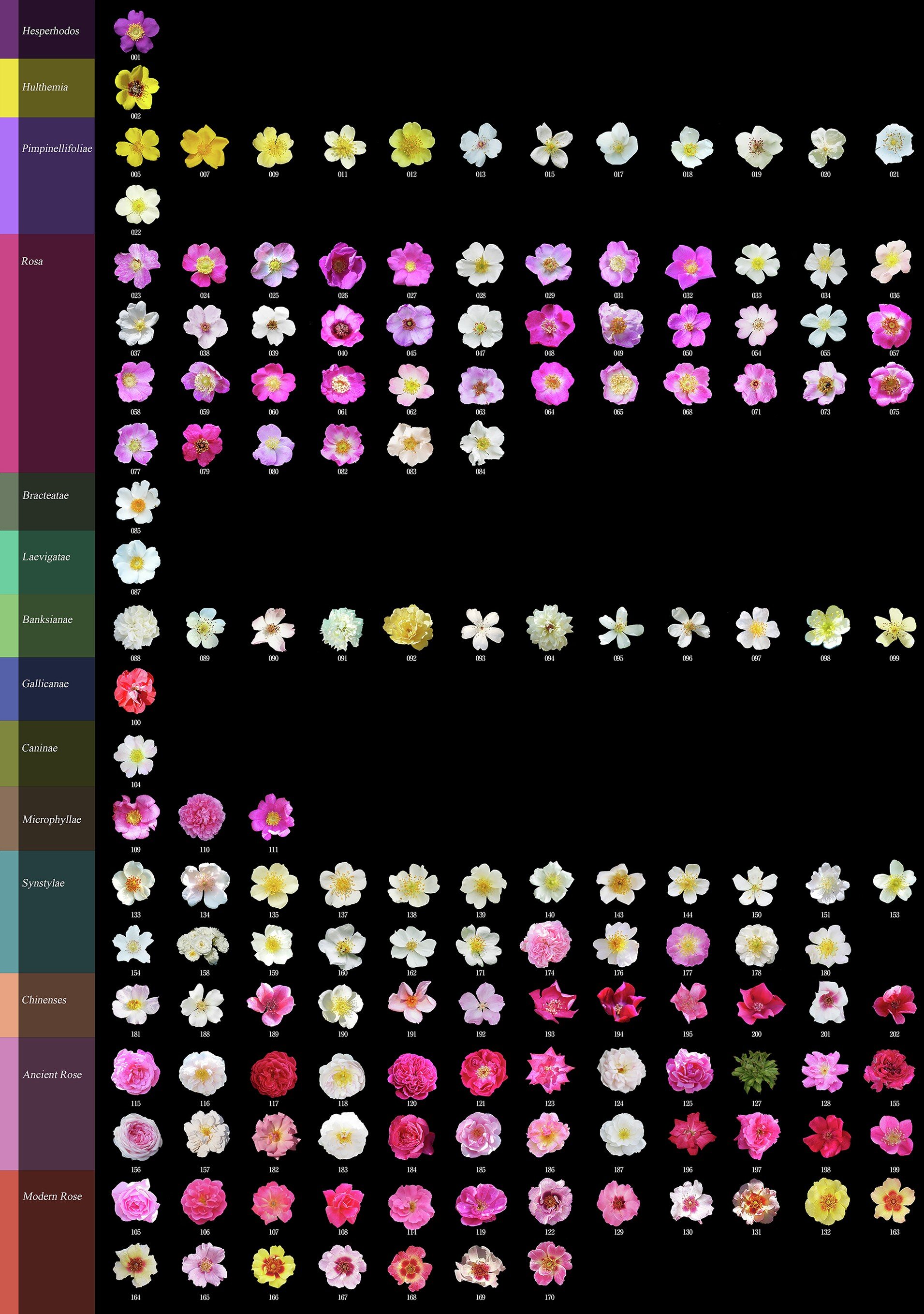The ancestor of roses had only one color, and it wasn't red 🌹
Follow us on Google News (click on ☆)

The in-depth analysis of 205 samples representing 84 rose species has allowed scientists to trace their evolutionary history. The researchers used genetic markers to reconstruct the ancestral traits of these plants, revealing surprises about their origins and diversification.
The results indicate that the common ancestor of modern roses was a flower with simple petals and a yellow color. This discovery challenges some common assumptions about the original appearance of these plants, which are now cultivated in a wide range of colors.
The domestication of roses, which began in the 18th century, has led to the development of over 35,000 cultivars. These variations are the result of crossbreeding between wild species and ancient cultivars, responding to the aesthetic preferences and agricultural needs of each era.
Facing the challenges of climate change, researchers are now focusing on wild species for their resistance genes. These genetic resources could be key to developing hardier roses that require less maintenance.

Genomic sequencing of 205 samples reveals the evolutionary and geographical history of the Rosa genus.
Credit: Nature Plants (2025). DOI: 10.1038/s41477-025-01955-5
These advances pave the way for a new era in horticulture, where science and tradition come together to reinvent the rose. Researchers hope their work will inspire more sustainable and environmentally friendly cultivation methods.
How did researchers reconstruct the ancestor of roses?
Scientists analyzed 707 conserved genes in 205 rose samples, using genetic markers such as single nucleotide polymorphisms. This approach allowed them to trace genetic variations across species.
The study of DNA sequences revealed similarities and differences between species, helping to identify ancestral traits. Researchers were thus able to deduce the appearance and characteristics of the common ancestor.
This method, combined with population genetics analyses, offers a unique window into plant evolution. It shows how roses diversified their colors and shapes over millennia.
Why are wild roses important for the future of horticulture?
Wild roses possess genes for disease and drought resistance, which are absent in many modern cultivars. These traits are crucial for developing hardier varieties in the face of climate change.
Using these genetic resources could lead to horticulture that is less dependent on pesticides and intensive watering. This represents a step toward more sustainable practices.
By incorporating these genes into breeding programs, researchers can create roses that are both beautiful and resilient. This approach marks a turning point in the domestication of ornamental plants.